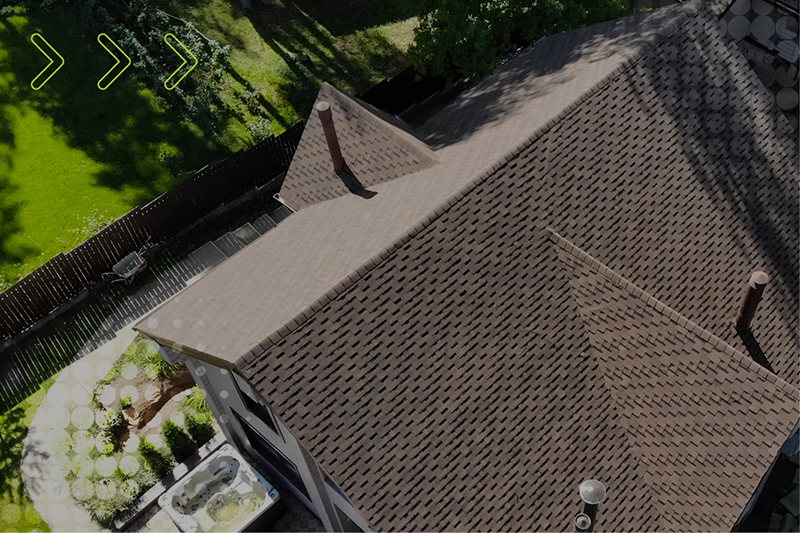
When it comes to your home’s roof, you want to stay on top of what could become a critical issue. After all, a roof is fundamental for creating shelter. If you didn’t have proper protection over the house, you’d feel it one way or the other. Here are three important questions and answers that will help you understand how to select and maintain this vital house feature.
If you need to repair or replace your roof, contact a licensed loan officer at loanDepot today to discuss getting a home equity loan. Call today and feel safe and secure under your new or improved roof.
1. What are the best roofing materials?
Humanity has come a long way since thatching. We have much better options now. If you need a new roof, consider your options
- Asphalt shingles. This is the most popular type of roofing material. Asphalt shingles are made from fiberglass, asphalt and ceramic granules. This type of roof looks stylish, is affordable, and can last up to 30 years.
- Wood shingles or wood shakes. Wood shingles are cut by machine for a uniform appearance, and wood shakes are split by hand for a more rustic look. Wood roofs are beautiful, but expensive. They can last 30 to 40 years.
- Slate. This is probably the most durable roof material available. It’s classy and fire resistant but expensive and heavy. Slate roofs can last 150 years.
- Tile. Usually found in Spanish architecture, this is expensive. But tile roofs can stay intact more than 50 years.
- Composite (fake) shingles. Made to look like the real thing (wood, slate or tile), these come from various products, such as polymer, clay and rubber. They’re more affordable than the real thing and can still last up to 50 years.
- Metal. Once relegated to sheds and barns, this is popping up over all sorts of homes. This material withstands the elements, is lightweight, affordable and can last up to 50 years.
2. How do you maintain a roof’s condition?
Keep it clear of debris. If you see anything accumulating on it, such as leaves, pine needles, branches, pinecones, trash or toys, remove it. Otherwise, the mess could clog the gutters, creating puddles that can leak through to your ceiling and cause stains and other damage. You could get on a ladder and remove the debris yourself, or a roofing professional can do it for you.
3. How do you spot trouble before it becomes a big hole?
If you see water stains on the walls or ceiling, it’s wise to get a roof inspection. The cause might be a leak from a loose or missing shingle that needs repairing or replacing. If you see granules from asphalt shingles in your gutter after rain, or if those shingles look cracked and brittle, then the roof material might need replacement. Call a roofing professional to find out whether your roof needs a quick fix or an overhaul.
Don’t run around with buckets. If you need a new roof, consult a loanDepot licensed loan officer to get the cash you need. Call now.
Published Aug. 2, 2017
RELATED TOPICS
Make a splash with water elements for your backyard – Pools
Is equity fueling a home-renovation boom?
Why Boomers are the new equity kings
Kitchen inspiration: making it practical and personal

